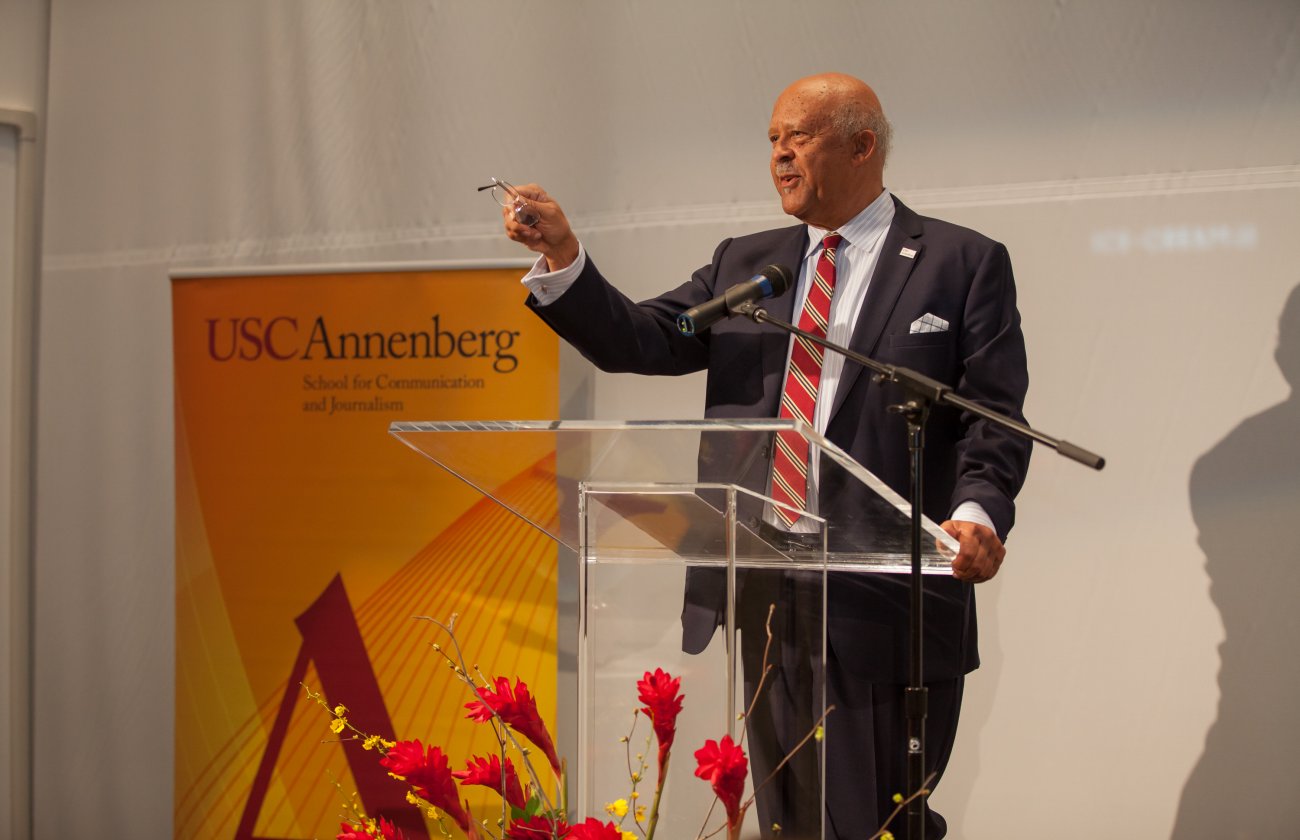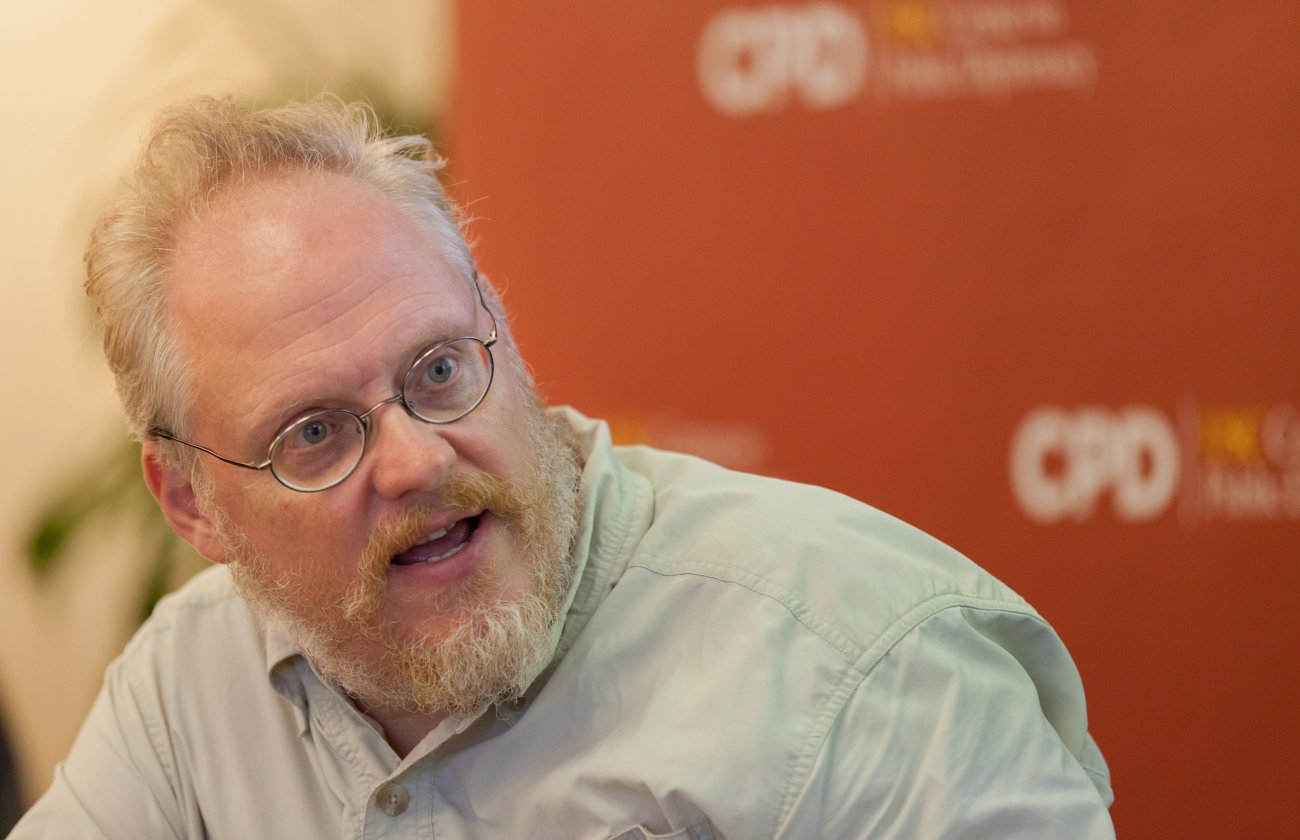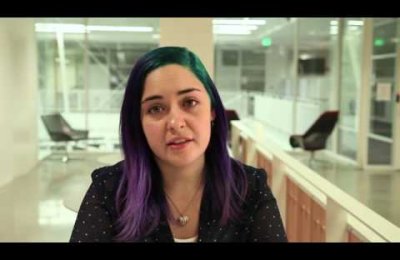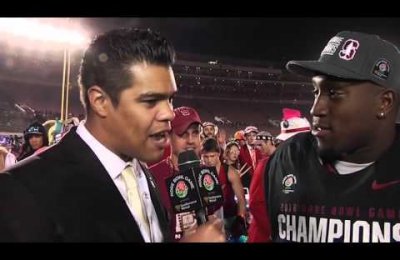*This article originally appeared in the Winter 2013 edition of the "USC Annenberg Agenda" magazine, which is available online.*
Callie Schweitzer (B.A. Print Journalism `11), former Editor-in-Chief of Neon Tommy, is Director of Digital Innovation at TIME. The magazine previously called her Twitter feed (@cschweitz) one of the world’s best, and she’s been honored as one of Forbes’ “30 Under 30 in Media” two straight years (read 2014 list) and as one of Business Insider’s “30 Most Important Women In Tech Under 30.”
Michael Juliani (Print and Digital Journalism ’13) interviewed Schweitzer—of course—online.
USC ANNENBERG: There were fears that the digital revolution in media would take emphasis away from thoughtful reporting and editorial writing, but it seems like a lot of digital curating values and promotes posts that involve unique insight and perspective. How do you think digital/social media enhances journalistic discourse?
CALLIE SCHWEITZER: I think we’re seeing the most incredible and exciting time in journalistic history. All of these new tools—from Twitter and Vine to YouTube and Google Glass—just enhance our storytelling abilities. I have always been driven by the idea of bringing quality content to as many people as possible, something my job at TIME is completely tied to. I think digital and social media are the greatest things to happen to the spreading of new and great ideas.
USC ANNENBERG: You went from being a Daily Trojan print reporter to heading Neon Tommy to a couple of jobs that have brought you to your current role at TIME, all in six years or so. What made you focus on digital innovation?
SCHWEITZER: I’ve long been focused on experimenting with new storytelling techniques and tools. I can’t get enough of them! They just present so many opportunities for finding new audiences and growing a brand. I’ve always loved TIME, so when the opportunity presented itself, I knew it would be an amazing fit for me. TIME has a tremendous foundation in the digital and social world, and we’re undertaking a major relaunch this fall. I’ve loved every second of my time there so far.
USC ANNENBERG: What have you given to the Twitterverse, and what has the Twitterverse given you?
SCHWEITZER: I’ve given it lots of tweets about bad television, frozen yogurt and Diet Coke, and it’s given me new friends, new ideas and new challenges.
USC ANNENBERG: How do you and your colleagues negotiate the relationship between your print and online output? Looking at how Newsweek folded into The Daily Beast, for example, what is it that keeps TIME in print?
SCHWEITZER: Print and online are completely intertwined at TIME. We’re completely digital, and everyone does everything. What keeps TIME in print is its relevance. You cannot kill relevance. Every week, millions of people wait for this magazine to arrive at their homes to read the fantastic journalism inside, and they will for a long time. Nancy Gibbs often notes that she’s the first managing editor to lead the organization when our digital audience at TIME is larger than our print audience—and our print audience is still one of the healthiest in the business. Print and digital are completely different experiences for the reader to consume, and the two are a great complement to one another. We think that’s a good thing, and we expect print to be around for quite some time.
USC ANNENBERG: Journalism at USC was first taught in 1914. In 2014 ASCJ opens Wallis Annenberg Hall and launches a nine-month Journalism MS program. We’re also using the occasion to ask this question: What do you think the next century of journalism will be like, and why?
SCHWEITZER: I think the next century of journalism will be even more exciting than the current one. The barrier to entry for media has never been lower, and I think the more involved we can get people in the newsmaking process, the better. We’re going to see even more of the “disruptive” technologies that are giving us the great journalism we see today, and I can’t wait to see what that innovation looks like.
*See the digital version of the "USC Annenberg Agenda" magazine here. Stay tuned for more Agenda articles being released online this month.*









